
Do you have a question about the Panasonic SA-XR55 and is the answer not in the manual?
Comprehensive safety guidelines for operating the AV receiver and preventing hazards.
Guides on setting up surround sound, listening cautions, and identifying supplied accessories.
Details how to connect FM and AM antennas for optimal radio reception.
Explains how to use the remote control, including battery installation and aiming.
Describes fundamental audio and video connections for TV and DVD players.
Explains component, S-Video, and analog 6CH connections for enhanced audio/video.
Guides on positioning speakers, different speaker setups, and connecting speaker cables.
Details bi-wiring, using speaker terminal B, and connecting the AC power cord.
Explains how to connect DVD recorders, VCRs, CD players, tape decks, and game players.
Guides on changing fundamental settings like speaker setup, bi-wiring, and surround back options using the MULTI CONTROL.
Explains how to test speaker output, adjust levels, and configure digital input terminals and signal modes.
Covers adjustments for tone, balance, display, dual program output, compression, sleep timer, reset, and A/D attenuator.
Details advanced settings for speaker distance, bass filter frequency, and bi-wire speaker balancing.
Explains changing remote modes and lists default factory settings for various functions.
Details how to turn on the unit, select speakers, input sources, and adjust volume for playback.
Covers specific playback scenarios like DVD-Audio, using Speaker B, DUAL AMP, BI-AMP, and basic surround effects.
Explains the buttons on the front panel and the meaning of various display indicators.
Describes remote control functions and conditions where surround effects cannot be used.
Explains how to fine-tune surround effects, sound fields, and speaker levels.
Details subwoofer level adjustment, muting, re-master function, dimmer, and recording procedures.
Explains manual tuning, auto/manual station presetting, and reducing radio noise.
Lists detailed technical specifications for the AV receiver's various sections.
Details U.S. warranty terms, customer service contacts, and accessory purchase information.
Outlines Canadian warranty terms and provides product maintenance guidelines.
Provides a checklist of common issues and their remedies for no power, no sound, or distorted sound.
Addresses troubleshooting for specific error codes (F76, F70, U12) and display issues.
Offers solutions for issues related to surround effects and radio reception problems.
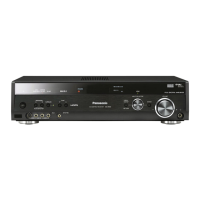
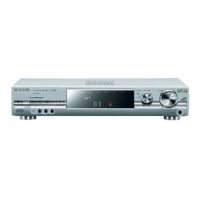
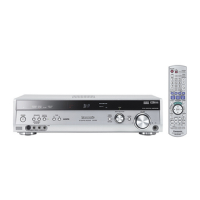
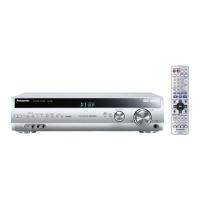
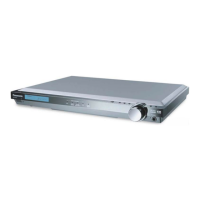
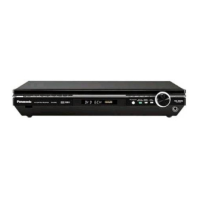
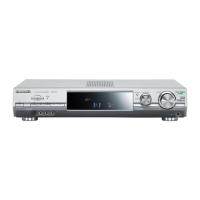

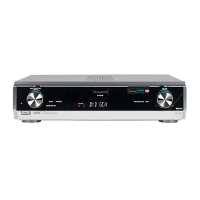
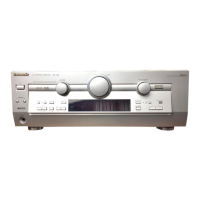


